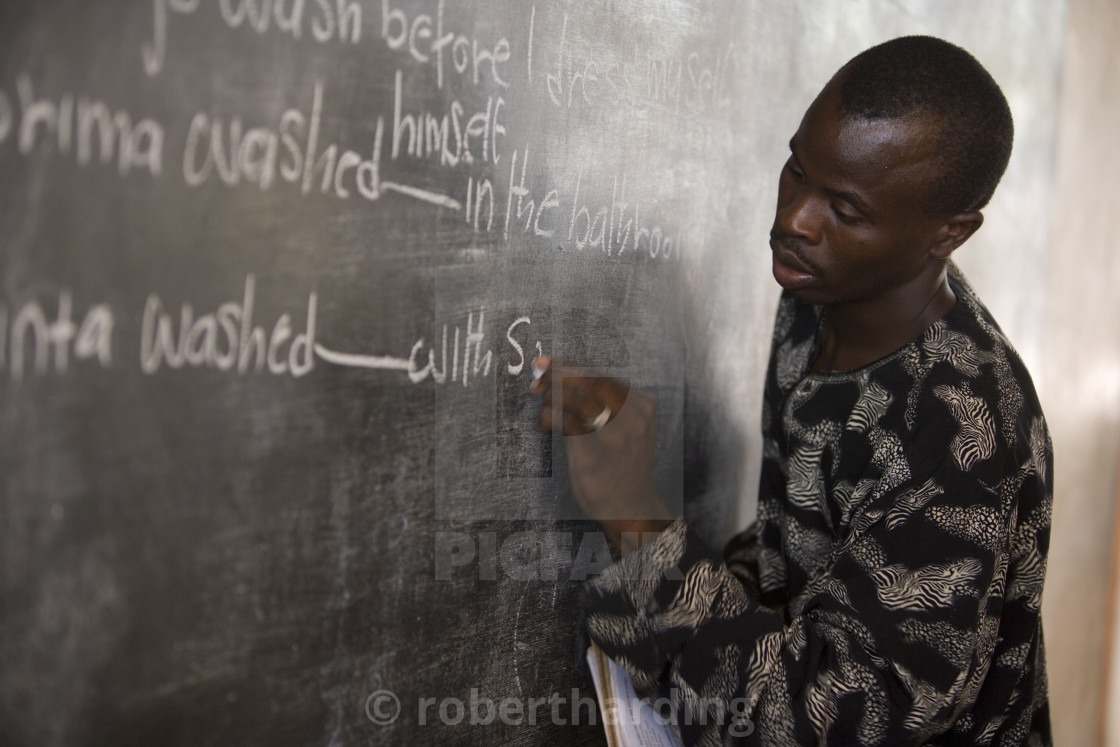 Primary school students in The Gambia face significant learning losses due to high teacher absenteeism, a UNICEF study finds.
Primary school students in The Gambia face significant learning losses due to high teacher absenteeism, a UNICEF study finds.
Rapid expansions in primary school enrolment have put huge pressure on the country’s ability to train and retain teachers, the study says.
According to the study tens of thousands of primary school students in The Gambia lose significant learning time due to high teacher absenteeism that averages 14 percent of teacher absence at least once a week.
The report,Time to Teach: Teacher attendance and time on task in primary schools in The Gambia, released in The Gambia on International Day of Education on Monday, provides insights into the main drivers of primary school teacher absenteeism, a major obstacle to addressing the learning crisis, as well as strategic recommendations to address the problem.
The study, which combined qualitative and quantitative methods, was conducted across The Gambia, involving 260 participants, including students, teachers, and head teachers in public, private and grant-aided schools, national education leaders, regional education directors, cluster monitors, community representatives, and structured school observations.
“Even before the pandemic, The Gambia, like most countries in Sub-Saharan Africa, was already grappling with a learning crisis, compounded by limited teaching time of 734 hours annually, 146 hours short of the global standards,” said Gordon Jonathan Lewis, UNICEF’s representative in the country.
“Rapid expansions in primary school enrolment have put huge pressure on the country’s ability to train and retain teachers. These expansions represent an important progress for the country, so we must respond by investing more in keeping teachers in school and on task” he said.
The study looks at four dimensions of teacher attendance: being in school; being punctual (not arriving late/leaving early); being in the classroom (while in school); and spending sufficient time on task (while in the classroom).
It also identifies factors associated with teacher absenteeism at five different levels of the education system: national, regional, community, school, and teacher.
The report provides recommendations that can strengthen the Ministry of Basic and Secondary Education’s efforts to improve teachers’ time on task.















